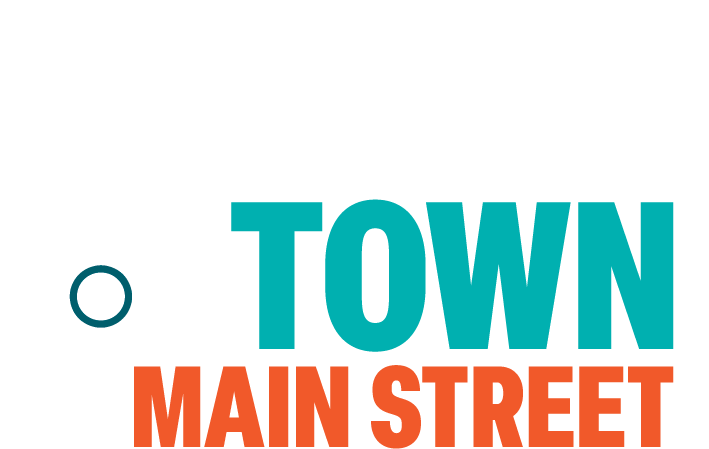
You want to use social media to boost your small business, personal brand, or small nonprofit. But you feel you don’t have the resources or the time—and maybe you’re afraid you won’t know what to say.
Here are some ways to make it easy. And you can start practicing February 1, with the #LoveTenley campaign.
Start by thinking of social media as an event—a conference, a fundraiser, a networking reception. Just like an event, social media’s number one reason to exist is to build relationships—through conversation, interaction, and participation. How do you usually work an event? Use the same mindset, approaches, and techniques on social media.
And just as you wouldn’t spend your whole work life working an event, you don’t have to spend your life on social media. Bracket off 15-20 minutes a day—or two shorter intervals—hit your goals, and get out of there before you get distracted.
- Ask questions. Simply ending a post with a question rather than a period can double engagement, by some estimates. What do you love about Tenley? What’s your favorite dessert? Just ask.
- Always use an image. Keep it permission-free and simple: Take your own phone pictures of puppies, sunsets, food, flowers, nature, a single word or simple drawing on a chalkboard. Use the ideas in the #LoveTenley campaign guide.
- Create urgency. Perceived scarcity or deadlines generate interest. Countdown to Valentine’s Day! Only three reservations left! But use this judiciously.
- Have fresh news. Phrase your posts as if you know something new and interesting—because you do. Share an article from a mainstream source and add your comment: We think beer is romantic, too. Have you heard that chocolate is good for you?
- Boost your friends. The psychological phenomenon of “social proof” means people will join in when they see others doing something. Don’t ask for shares and likes online—ask for them in person, by letting your colleagues and employees know. Spend five minutes of your time liking and sharing others (make sure you know them or that they’re verified sources). Your efforts will snowball.
- Watch for missteps. The top places things go wrong: Spelling of names, hashtags, and @s; dates and times; retweeting or reposting from poor sources; inadvertently offensive content. Put this checklist on a post-it and check each before you post.
- Respond to comments. Social media is a conversation, not a microphone. Stay positive, say thanks, or hit like.
- Tell “flash” stories. Challenge yourself to tell a story with a beginning, middle, and end in as few words as possible: We searched markets worldwide, found the perfect pendants, and brought them to you.
- Stay safe. You have an obligation to provide a positive experience for visitors. Block bots, report trolls—follow your instincts. If a comment is threatening or offensive, take a screen shot as a record, report, delete.
- Give, don’t just ask. You know those folks who call only when they want something? Offer fun and useful information. Don’t just ask for help, donations, recognition, or participation. Giving good content sets up the psychological cue of reciprocity—people feel they want to give back.
- Manage expectations. People expect instant responses on social media. Many small businesses and nonprofits honestly can’t do that. Frame the message positively in your profiles: We’re a nonprofit out working in the community, so we check this page only twice a week. But please let us know what’s on your mind. Or: We’re busy baking, but we always check in on Friday Pie Day.
- Check your profiles. Make sure the visuals, name, and description are working for you and present the image you want to convey. Switch up your profile picture for campaigns, but set a calendar reminder to change it back when the campaign is over.
- Get interactive: The simplest things to do: A Facebook Live video and a Twitter poll.
- No click-bait. Don’t use those annoying sensationalistic headlines. Empty promises hurt relationships—and not only your social media presence, but also your business, live and die by relationships.
- Don’t waste time trying to cheat the algorithms. You’ll get all kinds of tips and tricks to game the algorithms (post the links in the comments! Post only at these times of day!) and boost some measurement or other. As soon as you put the tricks into action, the platform will change the algorithm or policy. Remember that the platforms want you to pay for upgrades and services, so it’s a given that they’re going to play with your posts and hide them for always-changing reasons. Accept that, be yourself, invest only what you can afford to, and enjoy the game!
Remember, it’s about more than numbers. Every single follower you have has the potential to be a donor or a customer—and each one is valuable. Focusing on good content will never let you—or them—down.
Sara Wildberger is a freelance writer and content strategist who helps you use the power of story to reach your business, personal, or nonprofit goals.
